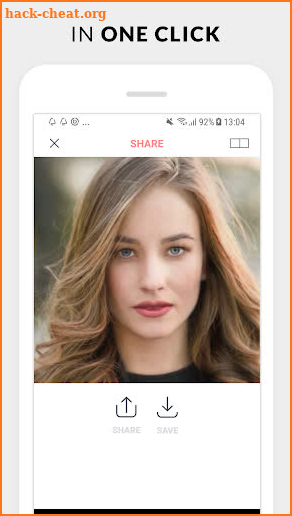
Initially introduced to engage with customers, chatbots now perform a number of essential functions, from lead generation and sales to streamlining HR processes. Gartner predicts that chatbots will power 85 percent of all customer service interactions by the year 2020.In this age of fast-evolving technology and instant connections, chatbots are becoming instrumental for business. Beauty tech brand Beautystack takes its users through an entertaining sign-up journey that immerses audiences in the process and brand’s tone of voice before they reach the general platform. These bots have rapid response times and sometimes personalities of their own, creating a clever marketing tactic that helps brands connect with their consumers on a more personal level. They can answer everything from a simple product question to complex technical issues and can even take a customer through different actions on the site. Real-time customer service platformsĬhatbots have become increasingly popular for buying journeys in the beauty industry. AI solutions provide data and insights to optimize the supply chain model. Being able to meet and respond to needs, is essential now, especially as audiences are holding brands accountable and are looking for more meaningful and authentic customer experiences.īeauty brands can also monitor markets online, or place beacons and sensors in stores to capture insights to anticipate trends, detect product shortages, or adjust the distribution of items according to local tastes.
#Makeup ai chatbot examples skin
NARS “uses consumer data to learn more about their customers’ skin tones to build new products,” Benjamin Lord, executive director of global eCommerce and omnichannel at NARS Cosmetics explained. The beauty industry is no different, and by consolidating customer data, brands can now understand and anticipate market trends. The consumer is key in any brand initiative, and so being able to get to know the consumer as closely as possible is one of the primary goals for any company.


Demand forecasting and supply chain tools Advanced algorithms, like Media Impact Value ™, assign a monetary value to every post, interaction and article so that you can benchmark the performance of various marketing strategies – such as PR & Media Relations, Influencer Marketing or Content Marketing – and ultimately understand how and where brand value is being created. Performance marketing tools leverage AI and Machine Learning to simplify measurement by providing a unified framework that offers actionable insights.

#ABHxAlyssaEdwards Palette 🌈 – Launches US + UK ABH sites at 5/29 at 9am PST – Domestic + International launching online + in-store 6/6 Early access at DragCon LA the weekend of 5/24-5/26 – Palette Price is $45Ī post shared by Anastasia Beverly Hills on at 12:02pm PDT L’Oréal, for example, now owns Augmented Reality and Artificial Intelligence entity, ModiFace, which allows consumers to have an augmented reality-powered make-up try on experience from the world’s leading beauty brands. Implementing these solutions can not only spur more purchases but also foster a connection with consumers because the brand knows what they want before they do.īeauty brands are also using Augmented Reality to let customers virtually “try on” items before purchasing them. Brands can offer tailored recommendations to consumers – just like a digital store associate – based on what similar shoppers have viewed, liked or purchased. The data behind shoppers’ behaviors can be utilized to create virtual retail experiences, using digital platforms. The consumer of today values efficiency and excitement, and to meet this, new levels of product personalization have been conceived using AI and Machine Learning applications. 4 AI & Machine Learning tools disrupting the Cosmetics industry Personalized recommendation tools


 0 kommentar(er)
0 kommentar(er)
